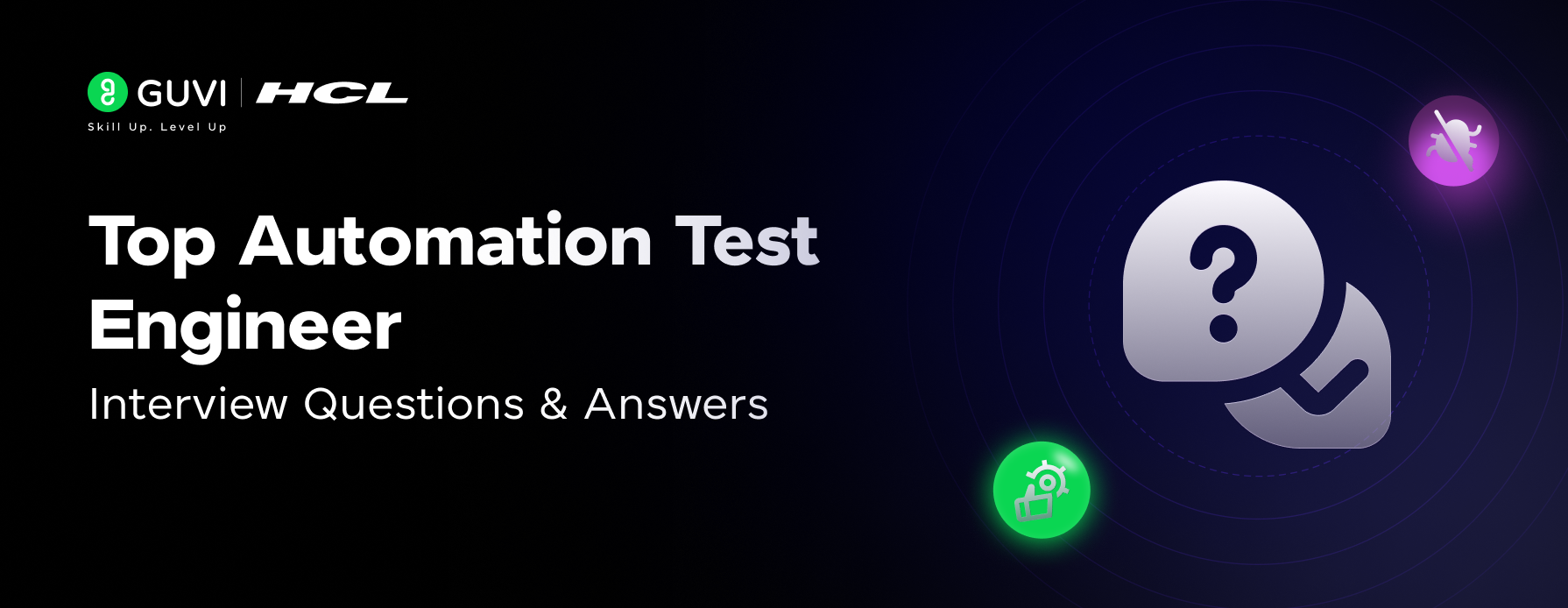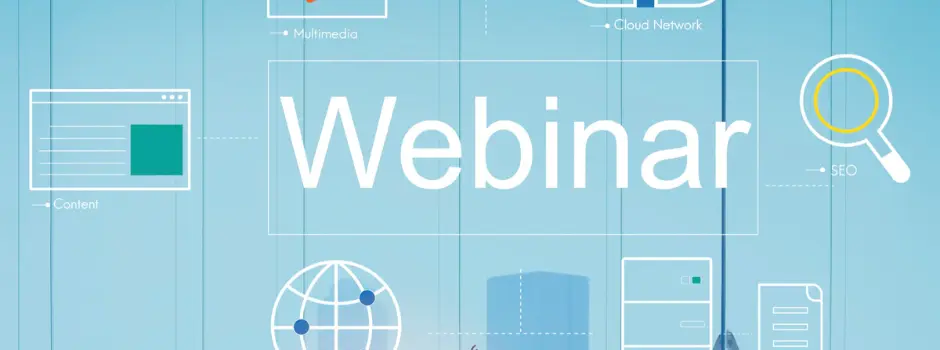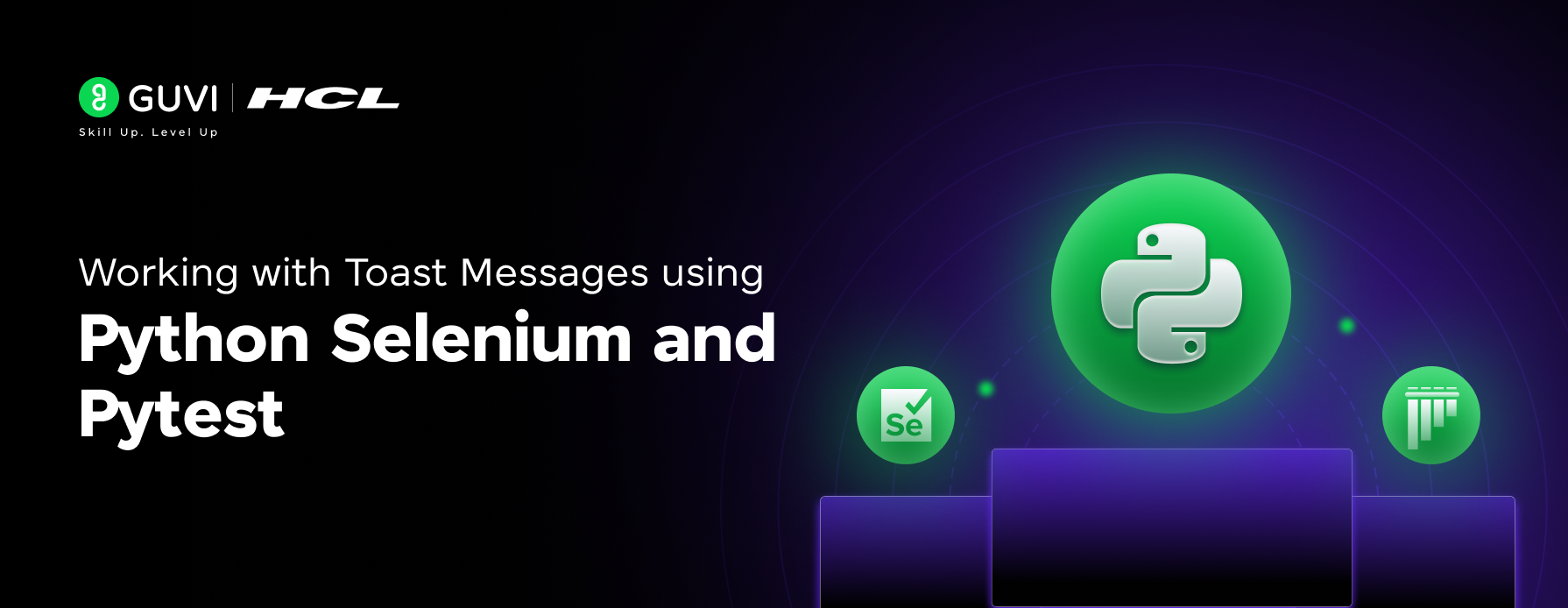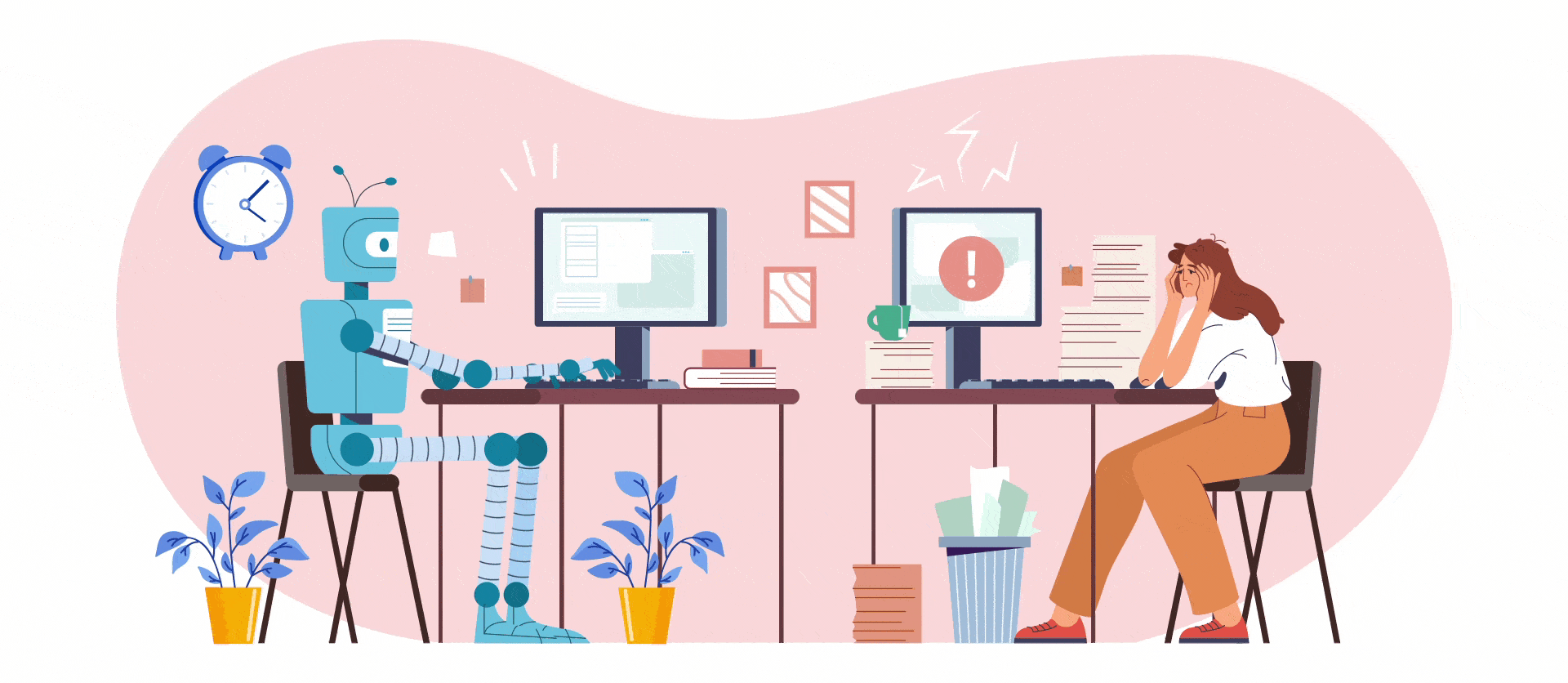
Have you ever wondered what goes into making a seamless, automated test script that can handle the complexities of modern web applications? If you’re considering diving into Selenium, the cornerstone of web application automation, you’re on the right track. Paired with Python’s simplicity, Selenium can be a game-changer in your test automation journey. But before you jump into writing scripts, there’s some groundwork to cover. Think of it like building a house – without a solid foundation, the structure won’t stand strong. This blog lays out the essential skills and knowledge you need to master before you begin your Selenium adventure.
Table of contents
- Basic Understanding of Python
- Why Python?
- What to Learn?
- Basic Understanding of HTML and CSS
- Why HTML and CSS?
- What to Learn?
- Understanding of Web Technologies
- Why Web Technologies?
- What to Learn?
- Introduction to Selenium
- Why Selenium?
- What to Learn?
- Setting Up a Development Environment
- Why a Development Environment?
- What to Learn?
- Basic Knowledge of Testing Concepts
- Why Testing Concepts?
- What to Learn?
- Conclusion
1. Basic Understanding of Python
Why Python?
Python is widely regarded as one of the easiest programming languages to learn and use due to its clear and straightforward syntax. This makes it an ideal choice for beginners who want to get started with automation testing.
What to Learn?
- Syntax and Semantics: Understand basic Python syntax and semantics. This includes variables, data types, loops, conditionals, and functions.
- OOP (Object-Oriented Programming): Learn the basics of OOP in Python, including classes, objects, inheritance, and polymorphism. Selenium uses a lot of OOP concepts.
- Libraries and Modules: Familiarize yourself with how to import and use libraries and modules in Python, as Selenium is a library that you will need to import and use in your scripts.
2. Basic Understanding of HTML and CSS
Why HTML and CSS?
Since Selenium WebDriver interacts with web pages, it’s crucial to understand the structure of these pages. HTML and CSS are the building blocks of web pages.
What to Learn?
- HTML Structure: Learn how web pages are structured using HTML. Understand elements, attributes, and the DOM (Document Object Model).
- CSS Selectors: Understand how CSS selectors work. Selenium often uses CSS selectors to locate elements on a web page.
3. Understanding of Web Technologies
Why Web Technologies?
Knowledge of how the web works will help you understand the context of the actions you are automating with Selenium.
What to Learn?
- HTTP Protocol: Understand the basics of the HTTP protocol, including requests and responses, status codes, and headers.
- JavaScript: While not mandatory, a basic understanding of JavaScript can be very beneficial as many web applications rely heavily on it. This can help in understanding how dynamic content is loaded and manipulated.
4. Introduction to Selenium
Why Selenium?
Selenium WebDriver is a tool for automating web application testing, and it provides a friendly API for writing scripts in various programming languages, including Python.
What to Learn?
- Installation: Learn how to install Selenium for Python. This includes installing the Selenium package via pip and setting up web drivers for different browsers.
- Basic Commands: Get familiar with basic WebDriver commands, such as opening a browser, navigating to a URL, finding elements, interacting with elements (clicking, typing, etc.), and closing the browser.
- Locating Elements: Understand different strategies for locating elements on a web page (by ID, name, class name, tag name, CSS selector, XPath, etc.).
5. Setting Up a Development Environment
Why a Development Environment?
A well-configured development environment will streamline your workflow and make it easier to write, run, and debug your Selenium scripts.
What to Learn?
- IDE or Text Editor: Choose a suitable IDE (Integrated Development Environment) or text editor for writing Python code. Popular choices include PyCharm, VS Code, and Sublime Text.
- Python and Selenium Setup: Ensure you have Python and the Selenium package installed on your system. Also, download and set up the appropriate web drivers for the browsers you plan to automate (e.g., ChromeDriver for Chrome, GeckoDriver for Firefox).
Want to go beyond the basics and gain hands-on expertise in Selenium automation? The right guidance and structured learning can significantly accelerate your journey. Check out GUVI’s Selenium Automation Testing Course – a program designed to help you master Selenium with industry-relevant projects, expert mentorship, and career support.
6. Basic Knowledge of Testing Concepts
Why Testing Concepts?
Understanding the fundamentals of software testing will provide context to why and how you should use Selenium WebDriver for test automation.
What to Learn?
- Types of Testing: Familiarize yourself with different types of testing (e.g., unit testing, integration testing, system testing, and acceptance testing).
- Test Automation: Understand the principles of test automation, including its benefits and challenges. Learn about test cases, test suites, and the importance of maintaining automated tests.
Conclusion
Mastering Selenium is not just about learning a tool, it’s about understanding the ecosystem it operates in. From Python’s readability to the intricacies of HTML, CSS, and web technologies, these foundational skills will set you up for success. As you delve into Selenium, take your time with each step, ensuring you grasp the basics before tackling more complex challenges. With patience, practice, and a solid foundation, you’ll soon be creating automation scripts that are not only efficient but also robust.































Did you enjoy this article?